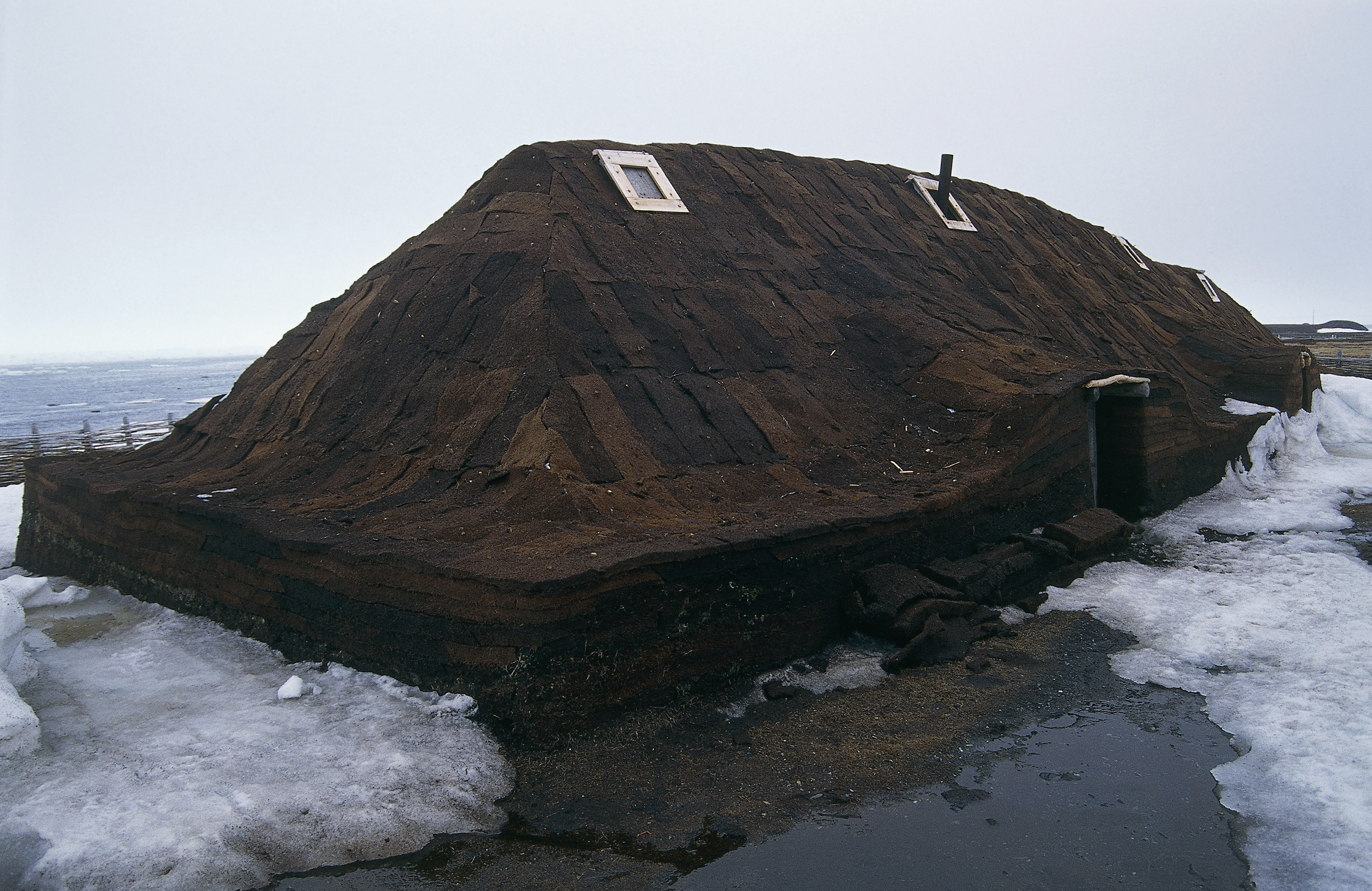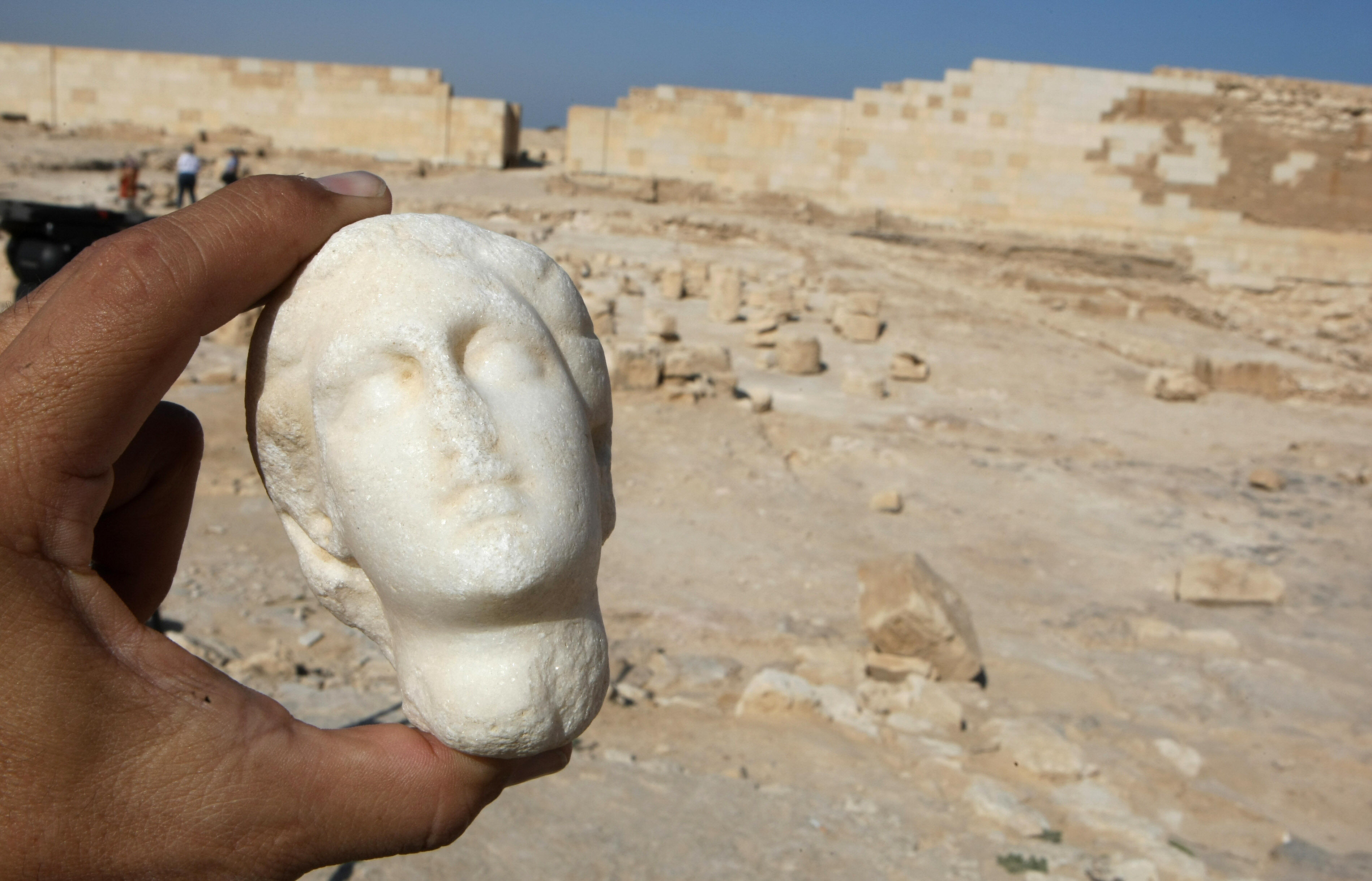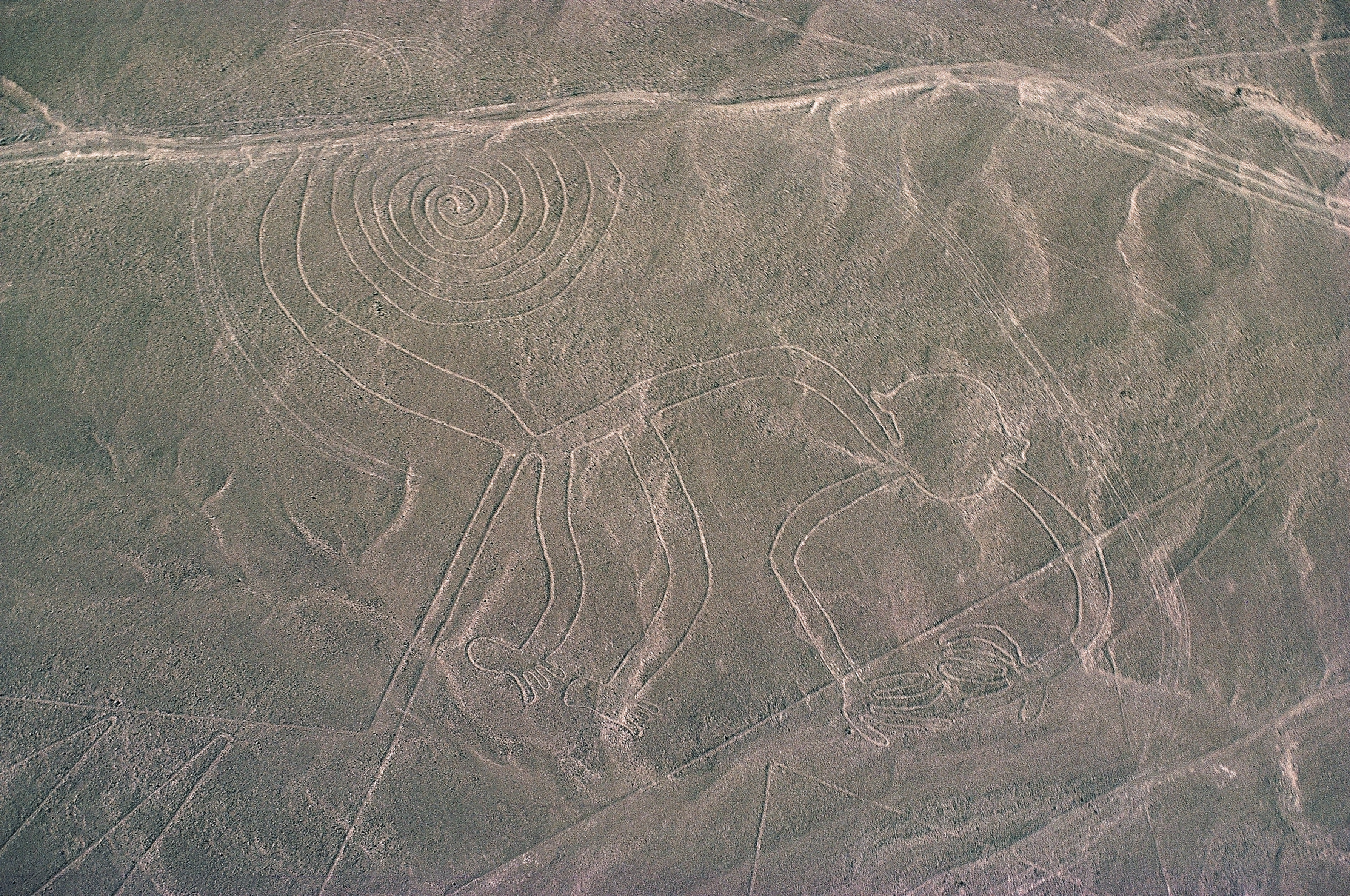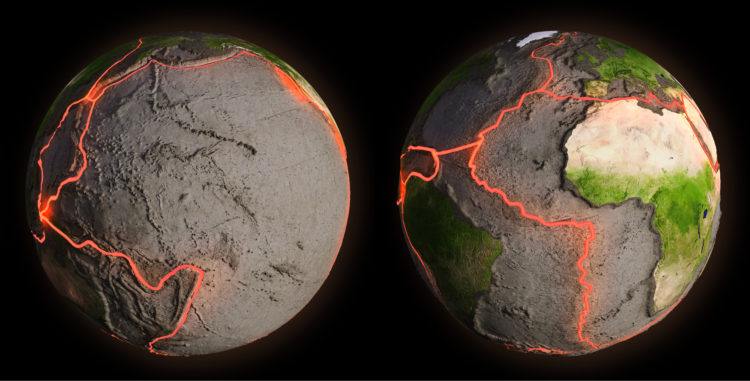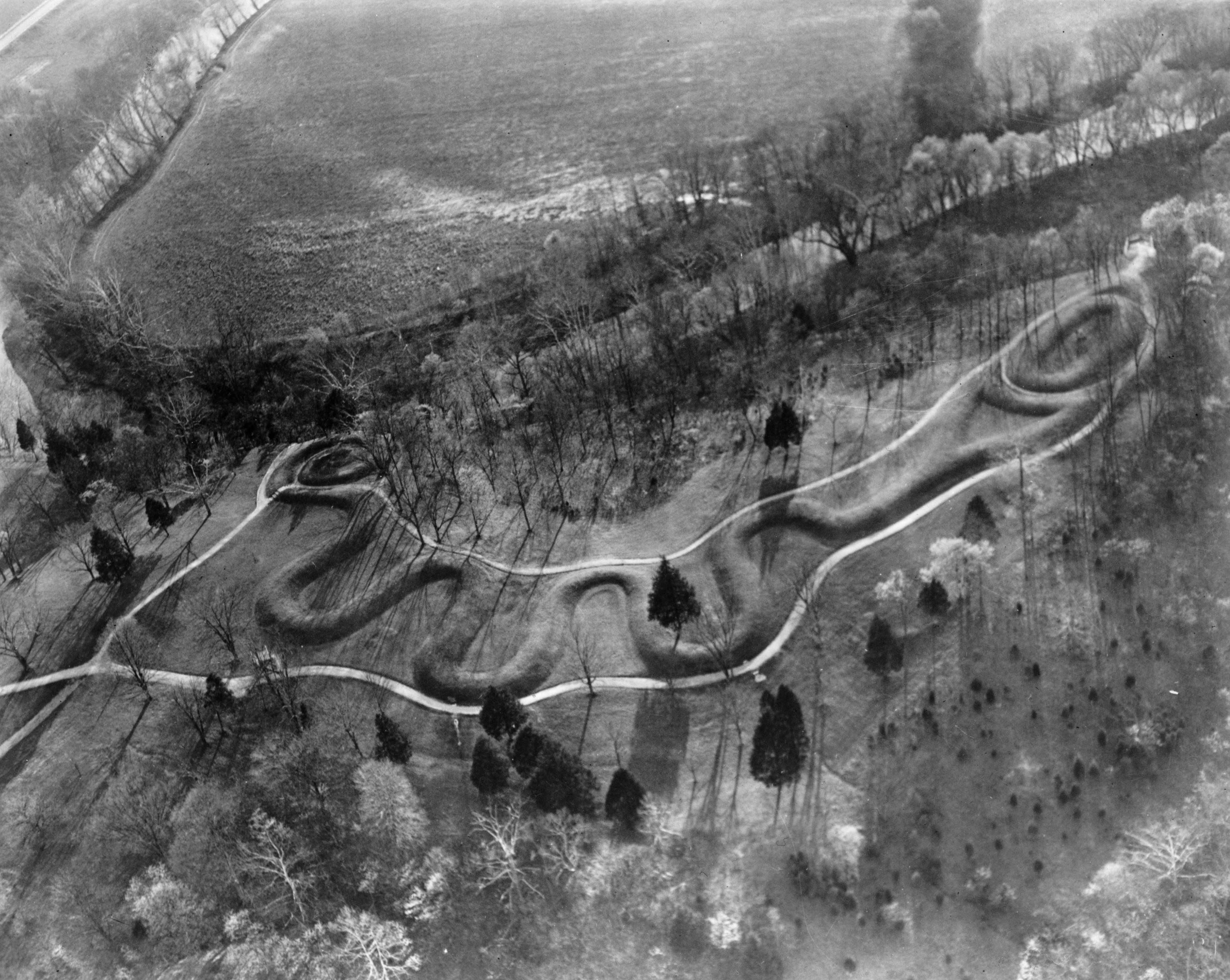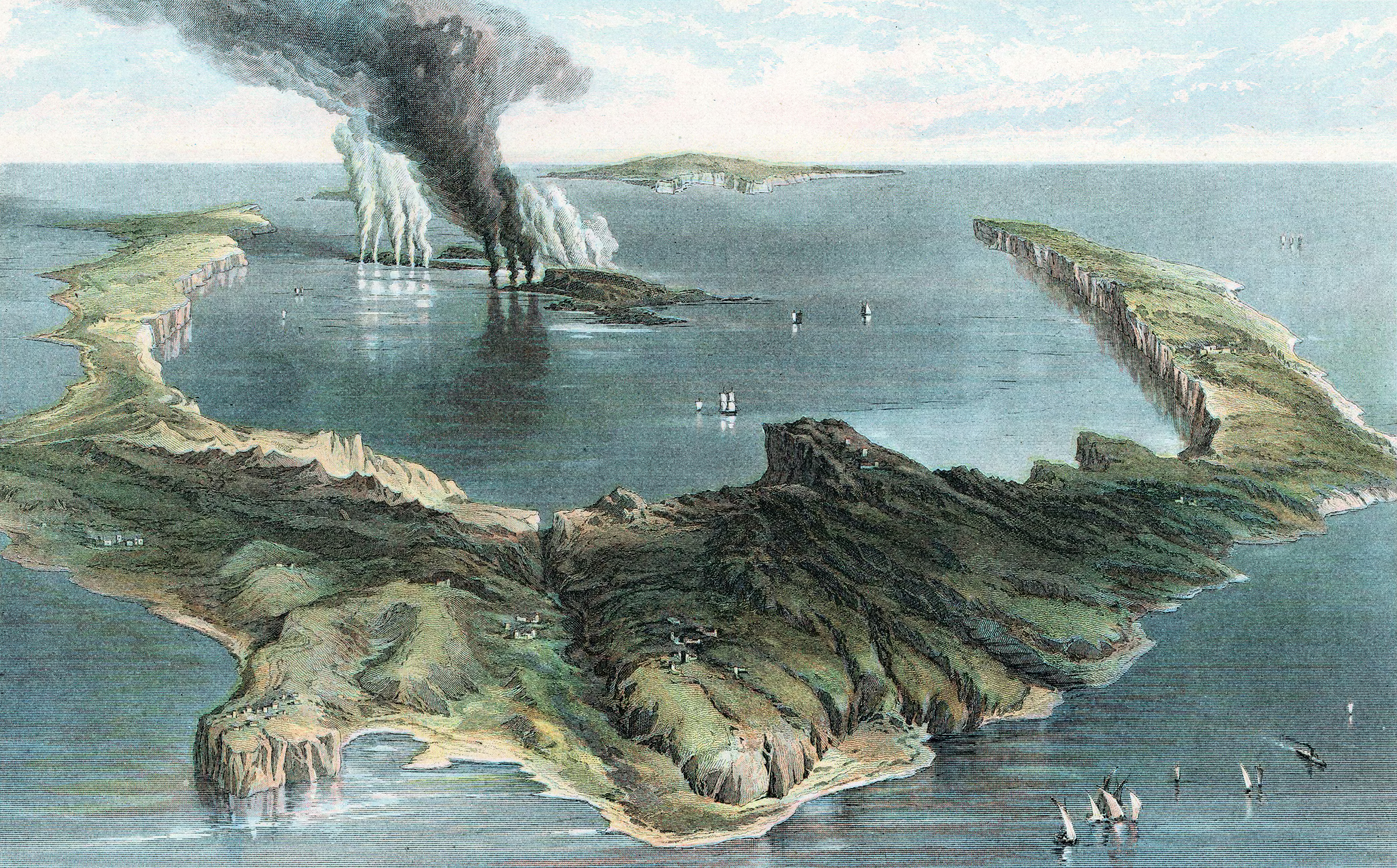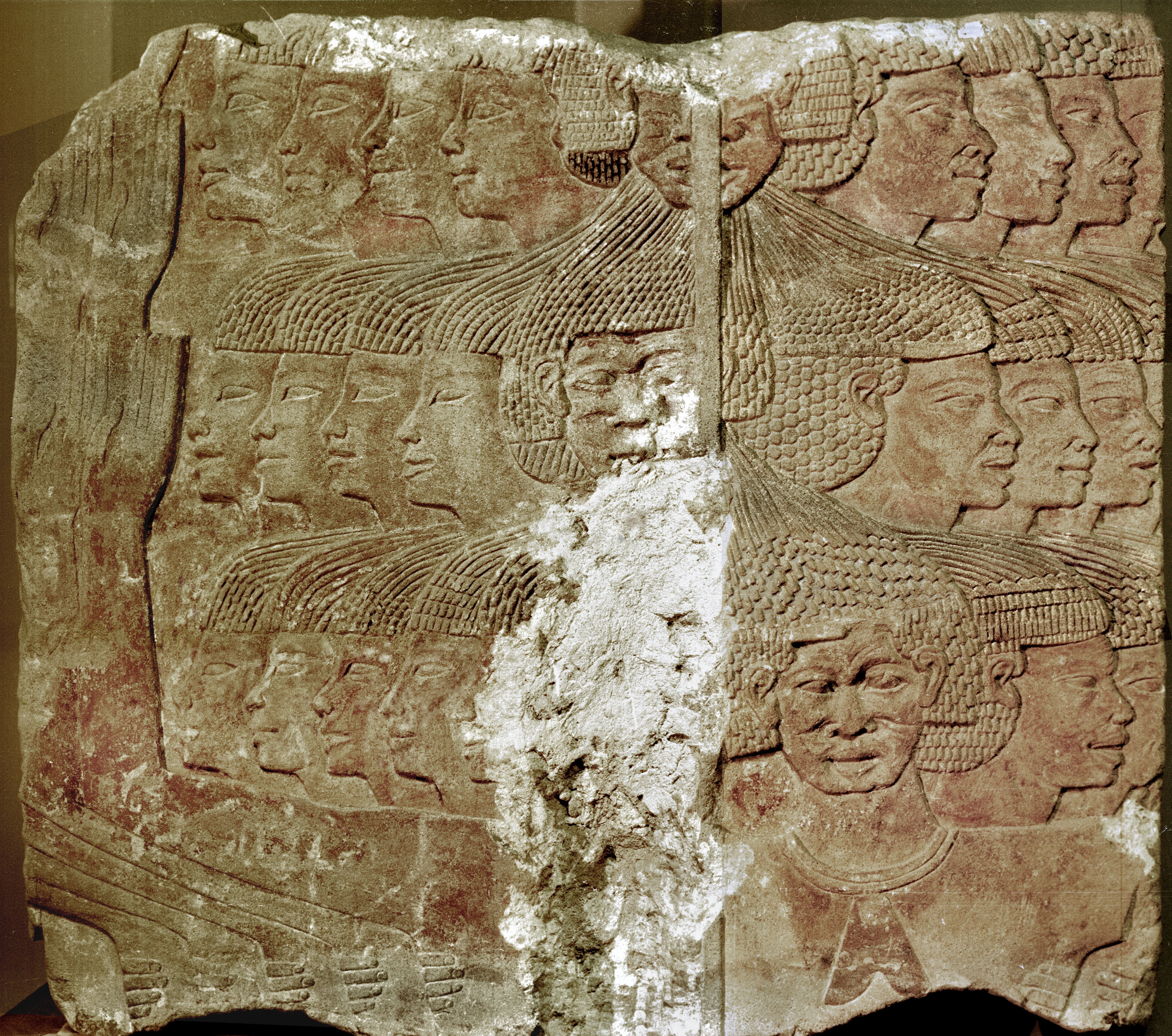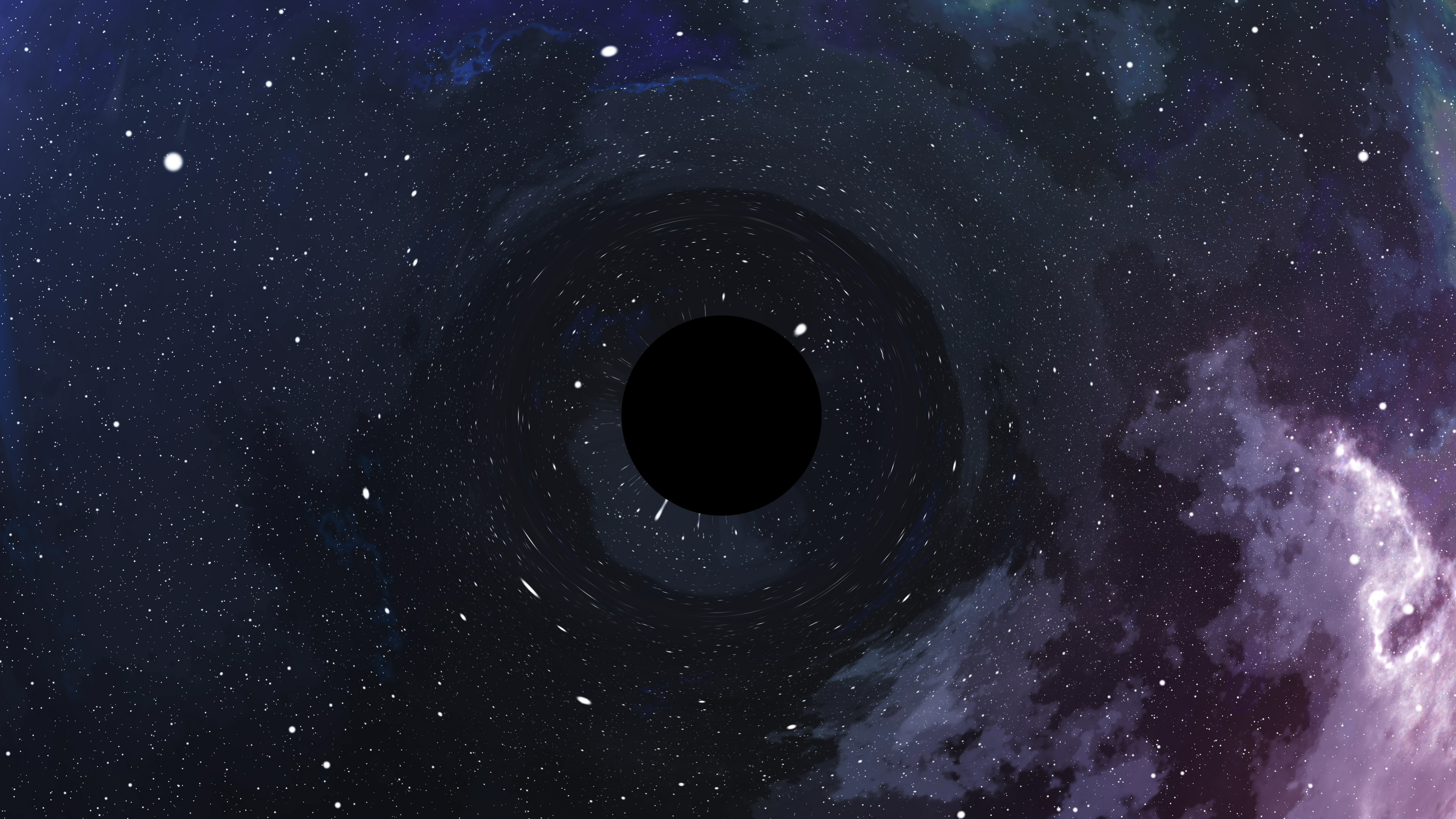Science has brought us a long way in discovering the mysteries of the universe and our little old Earth. We now have a picture of a black hole, we’ve figured out where lithium has gone in older planets, and we know how the stones of Angkor Wat were transported.
But other scientific and archaeological questions remain mysteries. Some you might think we already have an answer to, like why cats purr. Others, like where cosmic rays come from, are a bit more far out.
Have you heard of these unsolved scientific and archaeological mysteries?
What were Costa Rica’s gigantic stone spheres?
The largest weighs 16 tons, but no one knows why a collection of perfectly round stone spheres found in Costa Rica dating back to 700-1530 BCE were made. They were first uncovered in 1930 by agricultural workers in the Diquís Valley (which is why the stones are often referenced as the Diquís Spheres today) and are now in collections across the country.
Where is Cleopatra’s tomb?
We’ve all likely heard about the legendary and real Queen Cleopatra of Egypt and her Roman lover Mark Antony. But did you know that no one knows exactly where the tomb of Cleopatra or Mark Antony is? They were apparently buried together, and some reports from the time say that Rome ordered their tomb to be lavish and grand, but so far, no one has found their final resting place.
What was the Antikythera Mechanism used for?
The surviving parts of the more than 2,000-year-old Antikythera Mechanism (replicated below) show the intricate device to have been some type of celestial timekeeper. But the mechanism, which is made of bronze gears, still has many questions surrounding it. It was far more advanced than any other technology found in that time period. But no one is sure where it was made, who used it or what undiscovered functions this “first computer” could accomplish.
Why did these octopuses walk on land?
In 2017, a group in Wales witnessed several dozen octopuses that had come out of the ocean and were making their way across the beach. Were the disoriented? Were they dying? Were they trying to get somewhere? No one knows. But it was highly unusual behavior for these creatures.
What are the Nazca Lines?
Huge geoglyphs in shapes and figures (like the monkey below) were made in the Peruvian desert by moving aside topsoil to create patterns, lines and pictures. But these designs, which stretch over about several hundred miles and are known as the Nazca or Nasca Lines, are not entirely explained. Why did they make them? Ruling out alien intervention, it’s still an interesting question to puzzle over.
Is Gobekli Tepe more important than Stonehenge?
Gobekli Tepe in Turkey hasn’t been as visited or known by the international community partly because of its location near war-torn areas of Syria and Iraq. But it may be one of the most archaeologically significant sites in the world. That’s because 6,000 years before Stonehenge, ancient peoples created this mound with standing stones before they had begun farming, something that goes against most theories of civilization in which people farmed first, built second. Why it was built and what it symbolized (a burial ground, a worship site?) have yet to be confirmed.
What’s at the bottom of the ocean?
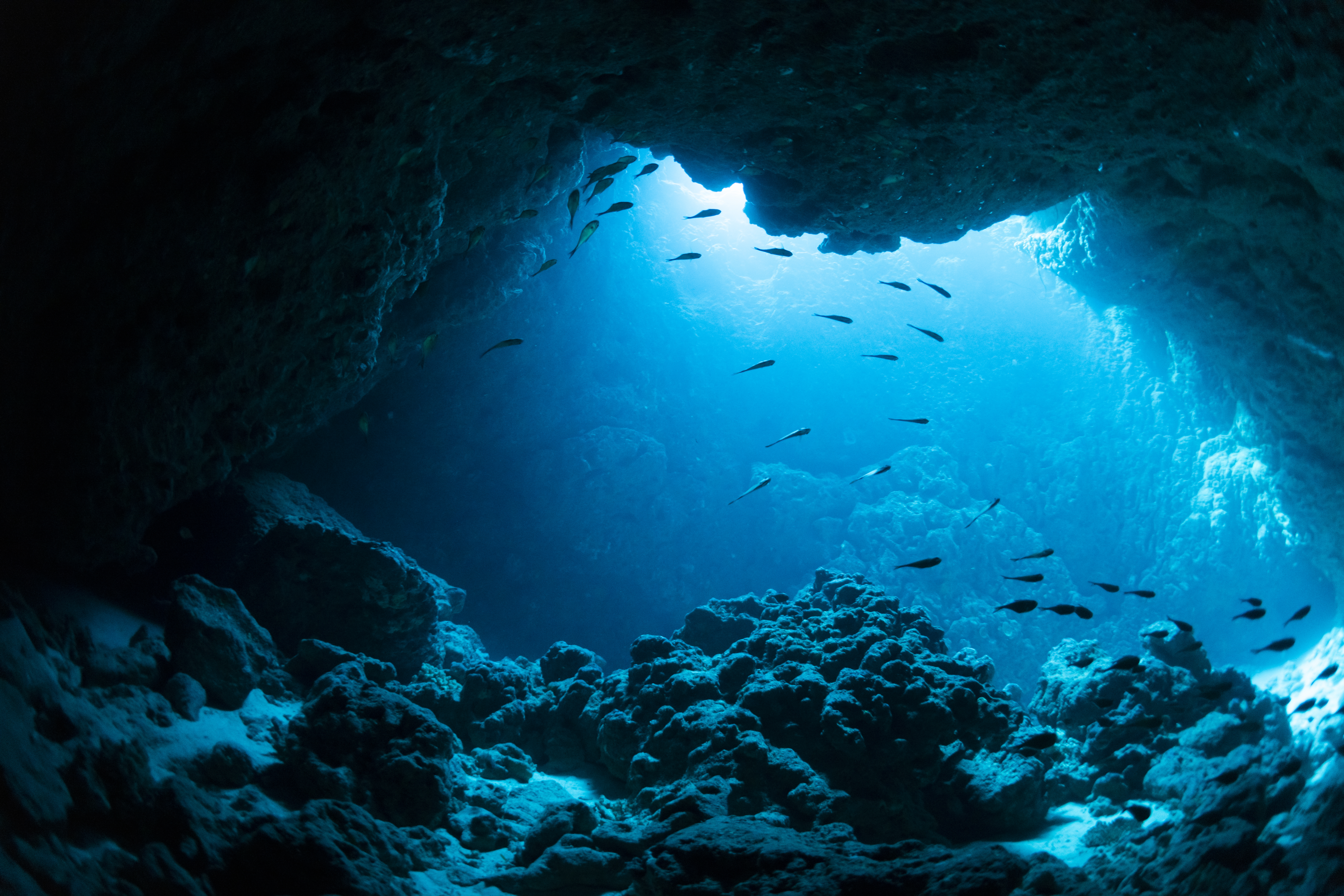
Most of the ocean floor has yet to be explored. Scientists have estimated that as much as 99% of the ocean floor is unexplored, and 95% of the oceans themselves are likewise unknown. Can you imagine what might still be waiting to be found once humans have the capability and time to search it all? The deepest part of the ocean, the Mariana Trench, goes down a mile deeper than the height of Mount Everest, and humans have only visited the deepest spot on Earth once!
What will beat drug-resistant bacteria?
Antibiotics are losing their effect on superbugs as those bacteria adapt. Scientists are on the hunt to find what will be able to combat them in the future. One tack they’re taking: If scientists can find a way to keep superbugs from evolving, that might be a way to combat them.
How do these microscopic ‘water bears’ survive in space?
Prepare to have your mind blown by a tiny creature sometimes called a “moss piglet” or “water bear.” Tardigrades, almost microscopic-sized creatures, can survive in space and almost any conditions. They are smaller than a millimeter, shaped somewhat like an eight-legged caterpillar and could outlive an apocalypse by going into an extreme form of hibernation. But why did they evolve to survive without water and to resist radiation and the vacuum of space? We’re not sure, but studying tardigrades could lead to ways to make humans outlast future long-distance space travel as well.
Why does Earth have tectonic plates?
We know the Earth has plates, and we know about plate tectonics, the movement and interaction of those plates. But what will happen when the plates stop moving? And why does Earth have plates to begin with? Those are questions scientists are still working on.
Who built the Great Serpent Mound?
In Ohio, a large series of mounds form the shape of a snake ready to eat an egg. The strange site was first found in the 1880s and continues to be puzzled over today. It’s been labeled the Great Serpent Mound and could date as far back as 2,000 years ago. But who made it is still up for debate.
Why do we sleep?
We don’t know why we sleep. Scientists have theories but no firm answers yet. (It’s not just so you can have that cool flying dream.) Theories include that sleep renews our brain energy or clears toxins out of our brains. It might also relate to our brain’s plasticity or ability to reshape itself.
Could Atlantis happen?
You’ve heard of the mystery of Atlantis. Plato wrote about the ancient city disappearing into the ocean, but it’s considered a legend. However, some geologists are taking a look at similar myths to see whether science can explain how they might have happened. A myth from the Solomon Islands about a tall, substantial volcanic island getting washed into the ocean, for example, might be explained by an earthquake causing an island perched on an undersea cliff to slide into the sea as a tsunami train (a series of the massive waves) expedited the island’s demise.
Why is ice slippery?
No, ice isn’t slippery because there’s a thin layer of water on top. A newer theory is that extra molecules on the surface of ice cause the slippage effect. Which still doesn’t explain why it’s so embarrassing to us humans when we do slip and fall on our keisters.
Are there more hidden chambers in the pyramids?
We’ve learned a lot about the Egyptian pyramids over the centuries. But modern-day technology has allowed us to “see” into them and discover a large void in the center of the biggest pyramid. What’s inside unseen parts of the Great Pyramid of Giza, if anything, we don’t yet know.
Where are repeating radio bursts from space coming from?
Scientists have detected short, repeated radio bursts coming from outer space. We don’t know where they are coming from yet or what is generating them. But some newly detected repeating bursts may bring us answers soon. The current theory leading the pack is that they come from highly magnetized neutron stars. Sorry, but it’s probably not aliens.
Why do cats purr?
We know how cats purr. Their vocal cords and diaphragms work together to make the noise. We know how to make a cat purr (pet it, for one, or scare it). But we don’t know why cats biologically evolved to have their purring mechanism. One theory is that it helps speed up bone and other bodily healing. Other theories say purring helped cats get fed sooner or was used for appeasement. It could also be for self-soothing. Whatever theory, hearing a contented kitty purring away is most often a sweet sound to us humans.
What did the Japanese dogu figurines mean?
Unusual and striking humanoid clay figurines dating to Neolithic times, before rice cultivation, in Japan are now known as dogu. But their purpose has yet to be completely figured out. Some say they were fertility objects, others say they were just toys.
Why do we yawn?
No physiological condition has yet been attached to why we yawn. There are many theories, including that when our bodies warm up we yawn to cool down our brains. A debunked theory is that we yawn to get more oxygen. But it has been proven that yawning is contagious.
What’s the underwater stone ‘highway’ in the Bahamas?
Is the underwater rock pathway by the Bahamas, called the Bimini Road, actually leading to the lost city of Atlantis? Doubtful, but it’s a curious sight for sure. Rocks stretch out over about a half-mile and seem to be manmade. Erosion may be the likely culprit, but some speculation continues.
Where do cosmic rays come from?
Did you know you can “catch” cosmic rays? But where exactly are they coming from? The space radiation, composed of tiny atoms, is falling to Earth all around us constantly. But their source has yet to be determined. Good news: they aren’t harmful.
Who were the Sea People?
A formidable group known as the Sea People or Sea Peoples swept into the Mediterranean, attacking civilizations from Egypt to Turkey, about 3,000 years ago. But who exactly they were and where they came from isn’t known. The Egyptians did eventually get the better of them, and DNA testing may help reveal the Sea Peoples’ origins.
Who wrote the Dead Sea Scrolls?
You’ve heard of the Dead Sea Scrolls, but experts still don’t know who wrote them. Theories on various Jewish sects writing them are out there, but no one theory has risen to the top. Computer imaging and more modern-day technology and testing are helping to piece this mystery together slowly.
Did the Vikings discover America?
Sorry, Columbus. The Vikings definitely left behind evidence of their exploration of present-day Canada. But could there be other places farther south in North America that they also touched? New scientific tools and research may soon show they explored far more places than we already know.
What happened to antimatter?
The opposite of matter? Antimatter, naturally. But if the universe was once composed of equal parts of both, most of the antimatter has disappeared. Where did it go? The answer to that will help us understand our own origins.
Sponsored Content

